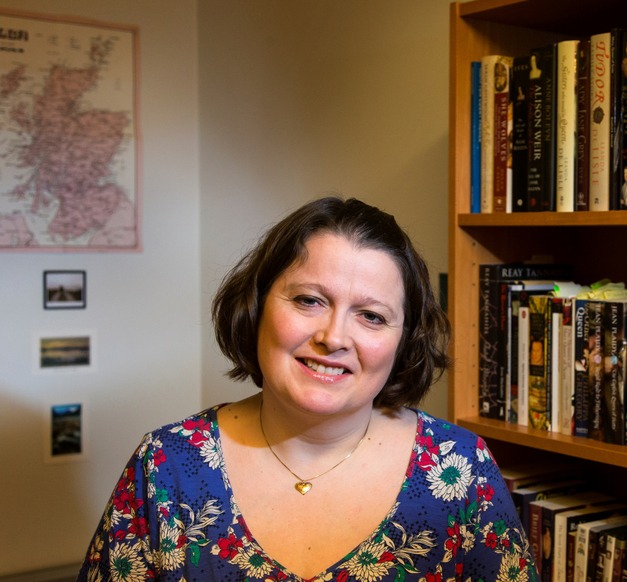Ingibjörg Ágústsdóttir, Associate Professor at the Faculty of Foreign Languages, Literature and Linguistics
The Tudor period has been defined as a golden era in British history; a time of extravagance, music, queens and Shakespeare. The period is named after the Tudor family that ruled in England and Wales from 1485 until Elisabeth I died in 1603. Authors and filmmakers have frequently sought inspiration to the Tudor period. Ingibjörg Ágústsdóttir, Associate Professor in 19th and 20th century British Literature is currently studying the reasons behind its popularity in literature and movies.
Ingibjörg Ágústsdóttir
The study sheds light on the incentives behind reading a certain literary genre and the impact of historical awareness on popular culture.

Ingibjörg's interest in the literature and entertainment of the period drew her to the subject. "Discussions on the Tudors are often lively and debates fierce on characters from this period, especially in social media," says Ingibjörg. The study tackles the underlying reasons for people's interest in this period, why they choose again and again to read books discussing the same events or write novels set in this period. "I studied the reasons for choosing the Tudor period, both among readers and writers; first informally in social media but then systematically with a questionnaire," Ingibjörg adds.
The study sheds light on the incentives behind reading a certain literary genre and the impact of historical awareness on popular culture. "One of the reasons for the popularity of this period is that this was a period of both conflict and change. People in positions of power were extremely colourful and female readers find it interesting to read about strong powerful women from this period, or women who exploited their social position and connections for influence; often behind the scenes," says Ingibjörg. The study reveals what kind of a picture is drawn up of prominent female characters, such as Mary Stuart, Queen of Scots and Elisabeth I Queen of England, both in literature and films. Ingibjörg has published articles on this subject.


